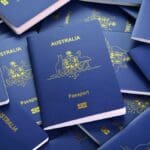
How Much does a Qantas Status Credit cost ?
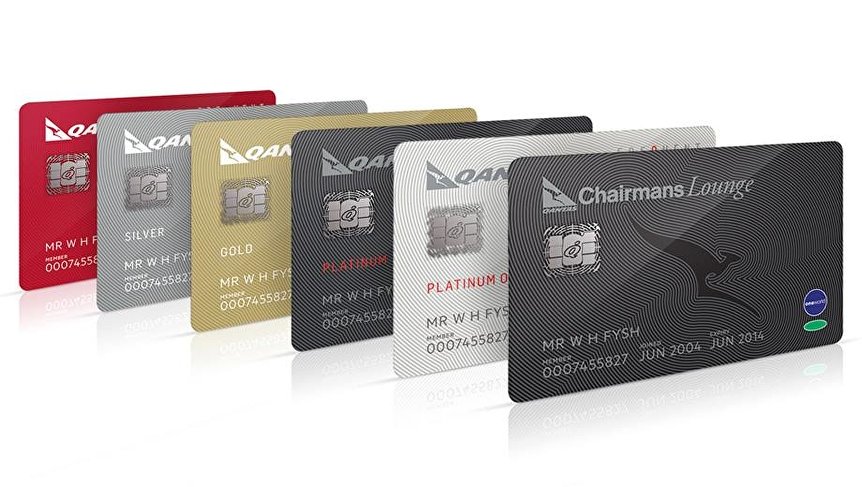
How much should you pay for a Qantas Status Credit ?
With Qantas holding one of its public double status credit promotions from 9 until 14 August (you’ve got 2 days people!), I thought it timely to try to evaluate how much it costs to acquire a Qantas Status Credit, and therefore Silver, Gold Platinum or Platinum One status.
If your employer pays for the vast majority of your travel, and you don’t have to manage it – then, you should probably go surf somewhere else on the internet.
If you have to manage your travel budget, are self-employed, or completely fund your travel yourself – then read on.
Please note that all costs given in this post are in Australian Dollars. Oh and thanks to ausbt.com.au for the header image.
Why do you even want to earn Status on Qantas?
For each of us, it will be different. Personally, while not being a road warrior, I fly fairly regularly. I head off to see my family interstate at least once a month; go to cultural events in other capital cities across Australia a few times a year, head off to a domestic coast destination for the holidays, and travel overseas two or three times a year – but not always on Qantas. For domestic travel – its economy class for me. For international – mainly Business for the flatbed on long-haul, occasionally premium economy if predominantly daytime flights.
I also like the access to forward seating which gold or higher status gives me, and the ability to head down the left-hand side priority queue for boarding. On international, I’d like to know I was close to the head of the queue for an upgrade too.
Price is important to me – so I would prefer to save two or three thousand dollars by travelling on a 2nd tier airline like Vietnam Airlines, rather than shelling out the kind of money Qantas demands for Business Class. I get lounge access, I get a flatbed, and I save a little money. Loyalty and status come second.
The trouble is . . .
You can’t go back
Well, you can – but you don’t want to. Once you’ve had the freshly made tacos, sliders and pulled pork rolls in the domestic Business Lounge, you don’t want to head back to the children’s creche and tuna mornay of the standard Qantas Club. If you have had the salt and pepper squid, spa treatment and champagne of the Qantas International First Lounge – you don’t want to go back to the Westfield food court of the International Business Lounge.
So that’s why I want some status. I’ve been Silver (meh), I am Gold (yeah!), but I want to upgrade to Platinum (fanfare)!
The basics of Qantas Status Credits
Here are the rates of Status credits you have to earn to gain and retain each level:
And you can follow this link to find all the ‘Tier’ benefits.
So what is the standard cost of a Qantas Status Credit – some examples . . .
Now, the important thing to understand is that the amount of status credits you get for a particular flight is determined by the distance travelled, and what kind of airfare you purchase – that’s in terms of fare bucket and class. And to make it more complex, the relationship between the two is not static, or consistent across destinations or cabins – let alone according to the price you paid for your fare. Let’s look at an example:
Sydney to Adelaide.
I do this trip regularly. I try to book at least 4 weeks out, book a Red e-Deal, so the one-way airfare at the off-peak times I travel is usually between $150 or $200 in economy.
Look at what the status earning is like:
Now to work out the ‘cost’ of the status credit, divide the dollar figure by the number of status credits offered for each fare level:
- Red e-Deal: $160 ÷ 10 = $16.00/status credit
- Flex:$488 ÷ 20 = $24.40/status credit
- Business: $925 ÷ 40 = $23.125/status credit
That’s odd, right? The higher the class of fare you purchase, the fewer status credits you get per dollar. What? Let me spell that out:
To get Gold Status:
If you did 35 return trips from Sydney to Adelaide @$160 each way, you could earn 700 status credits by spending $11,200. So that equation is 35(return trips) x 2(flight there, and flight back) x $160 = $11,200
If you did the same in Business Class it would be 8.75 return trips @$925 each way, you could earn 700 status credits by spending $16,187.50. So that equation is 8.75(return trips) x 2(flight there, and flight back) x $925 = $16,187.50
So the takeout here is: you are much better off travelling often and cheaply.
Is International any Better?
Let’s use Sydney to London as an example. There is sometimes a variation in the one-way charge (SYD-LON v LON-SYD) but let’s assume they are the same price for this example.
So for these three Economy fare categories, the cost per status credit is:
- Sale: $1,011 ÷ 80 = $12.64/status credit
- Saver: $1,126 ÷ 100 = $11.26/status credit
- Flex: $1,626 ÷ 160 = $10.16/status credit
Now that seems better. The more you pay, the more Status Credits you get, and the less they cost.
But is the same true for other classes?
So for these three Business and one First fare categories, the cost per status credit is:
- Sale: $3,816 ÷ 280 = $13.63/status credit
- Saver: $4,846 ÷ 295 = $16.43/status credit
- Flex: $6,446 ÷ 310 = $20.79/status credit
- First Sale: $7,466 ÷ 420 = $17.78/status credit
. . . and right back to being all over the place. Here it pays to get those sale fares to get the cheapest status credit cost – but note, that you would be much better off travelling more frequently as an economy passenger at the Flex rate than travelling Business or First at any rate in terms of Status Credit cost.
Am I missing something? – is the sweet spot Premium Economy?
So for these three Premium Economy fare categories the cost per status credit is:
- Sale: $1,794 ÷ 140 = $12.81/status credit
- Saver: $2,172 ÷ 150 = $14.48/status credit
- Flex: $3,046 ÷ 165 = $18.46/status credit
Na-ah – the sweet spot is still in Economy. Damn it!
BUT you can do better . . .
Look out for specials like this one:
Out of Brisbane, there is a fantastic Business Class fare to Christchurch, New Zealand if you are willing to get up early:
Let me show you how fantastic this is for the cost of Status credits:
So for these three Business and one First fare categories the cost per status credit is:
- Sale: $493 ÷ 80 = $6.16/status credit
- Saver: $863 ÷ 85 = $10.15/status credit
- Flex: $1,138 ÷ 90 = $12.64/status credit
Did you get that? $6.16 per status credit. That’s nearly half as much as the nearest competitive fare – the Business Saver Fare on the same route, on the same schedule.
So if I was me, (and I am), and needed to do a quick little Status Credit Run, because I want to get to Platinum – guess what I would be booking.
AND – given Qantas’s current double status credit promotion at the moment – you can get that cost down to $3.08!!!
you better ‘soar higher‘ and register today!
Summary
- You can’t assume that a higher class of fare, or fare bucket, will give you more status credits at the same or a lower cost.
- Sometimes, its the lower fares – like a discount economy fare that give the best value.
- You are doing well if your cost per Qantas Status Credit is below AU$13.00.
- Watch out for special discount fares between city pairs, especially in premium cabins, and you can get exceptional value.
- Double you Status Credits, and halve your cost by booking them during a Qantas Double Status Credits promotion. Prediction – next one will be in Feb/March 2019.
Have you found any better offers? Or found an error in my maths? Comment below.
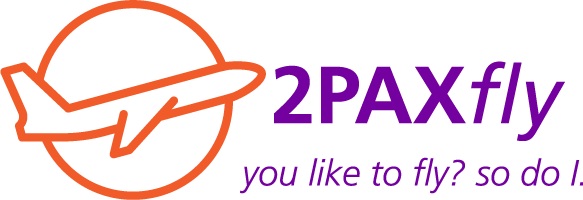
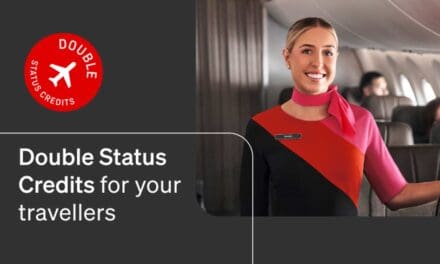
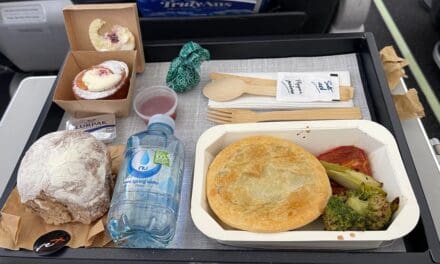
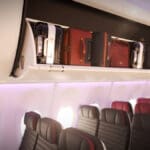
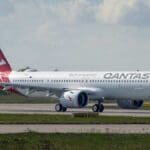


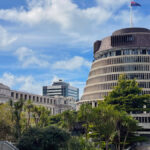

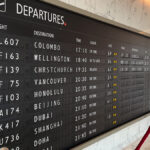

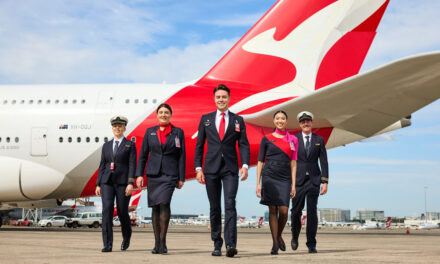
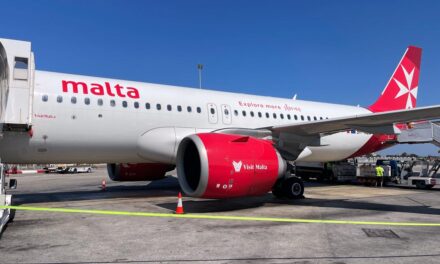
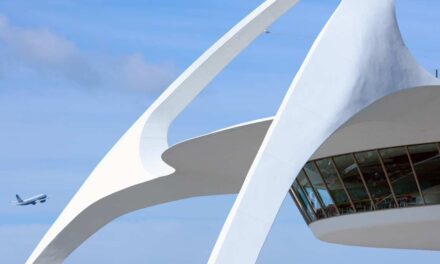









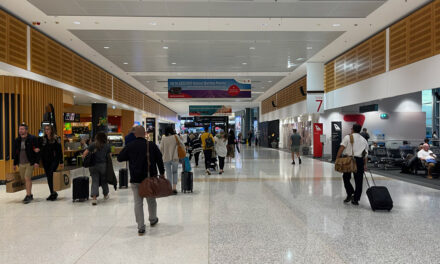

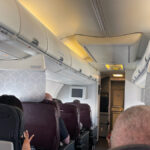

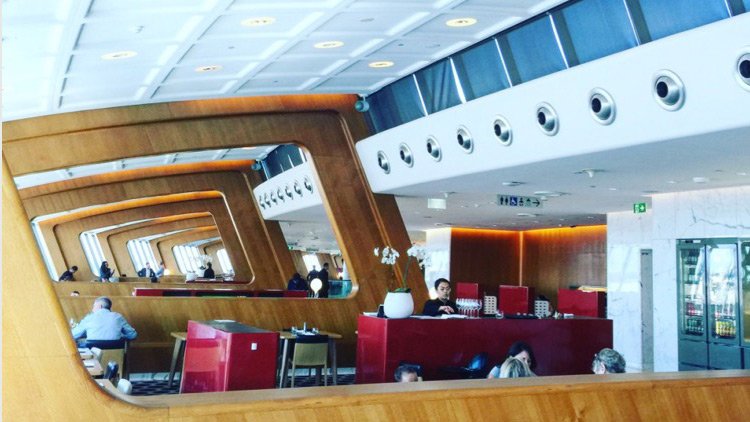
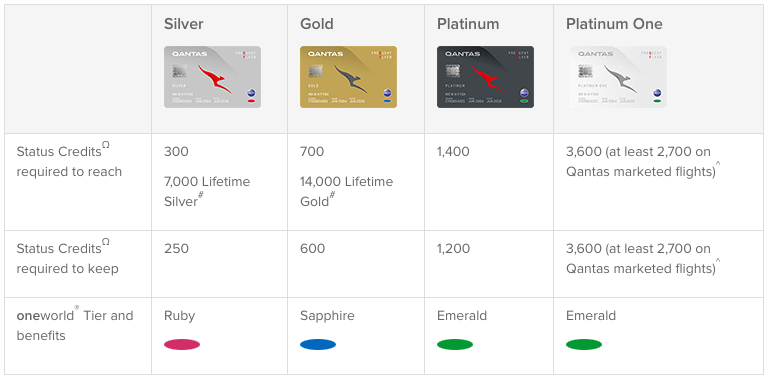
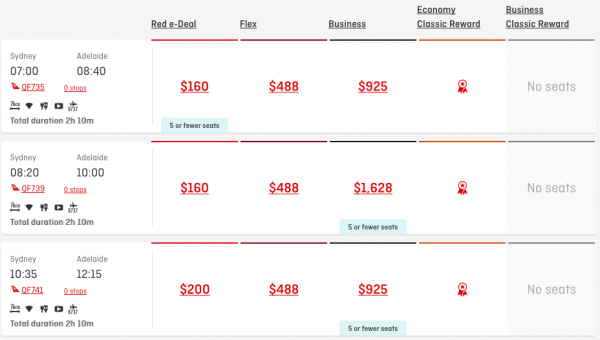
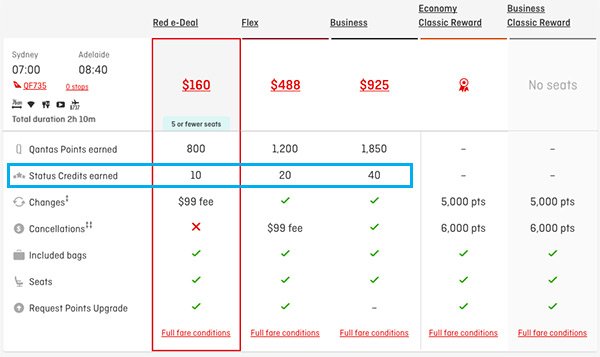
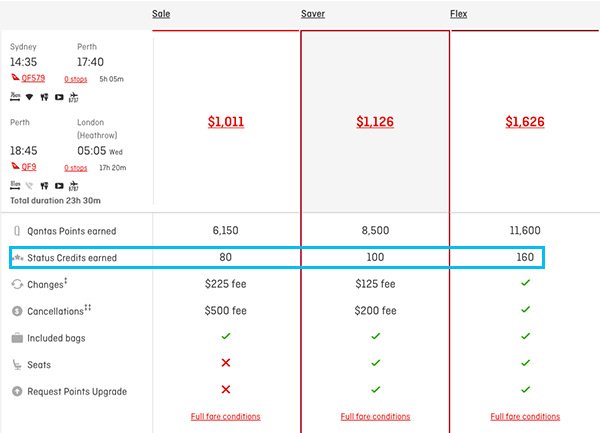
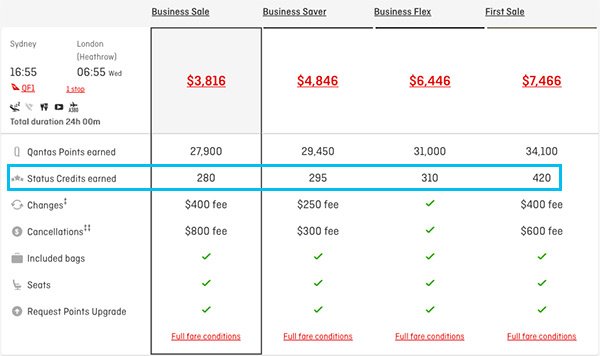
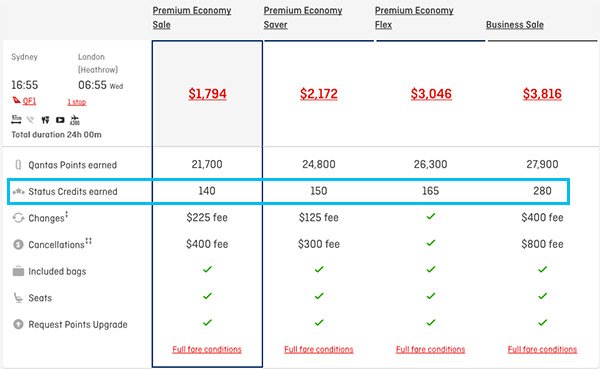

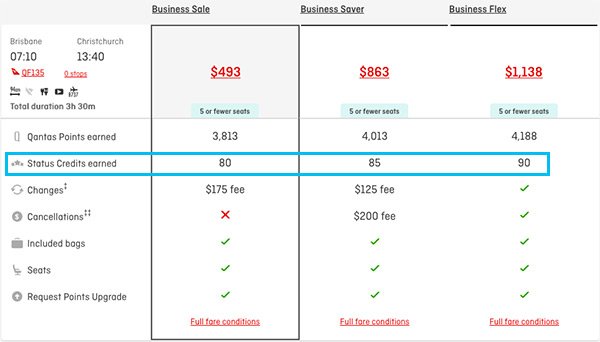
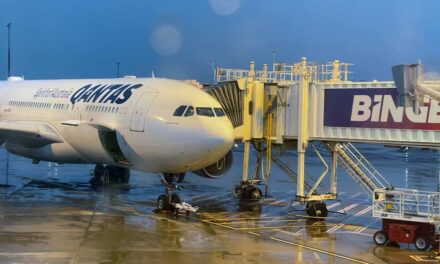


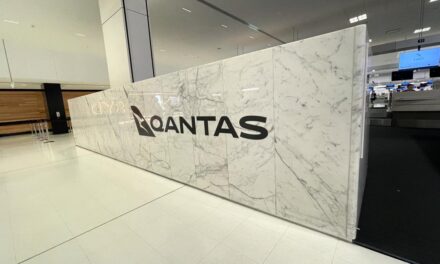





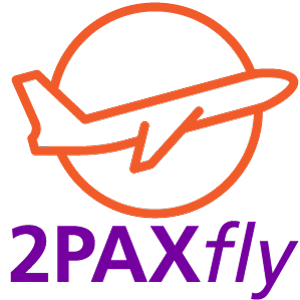
What did you say?